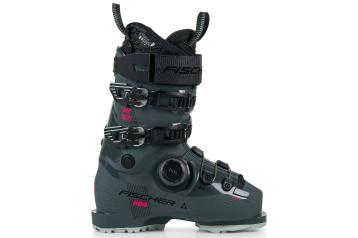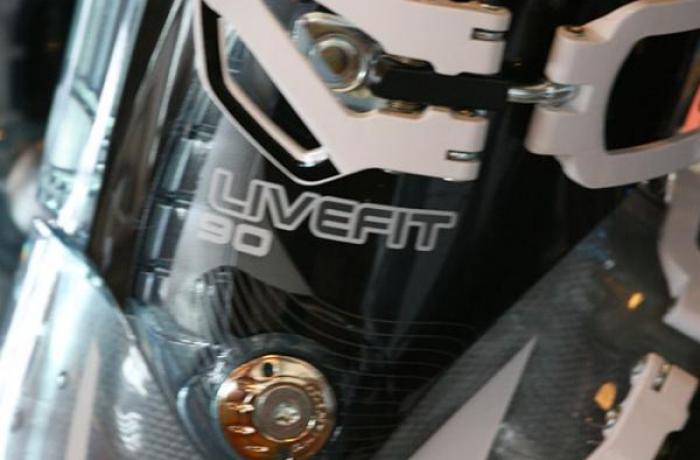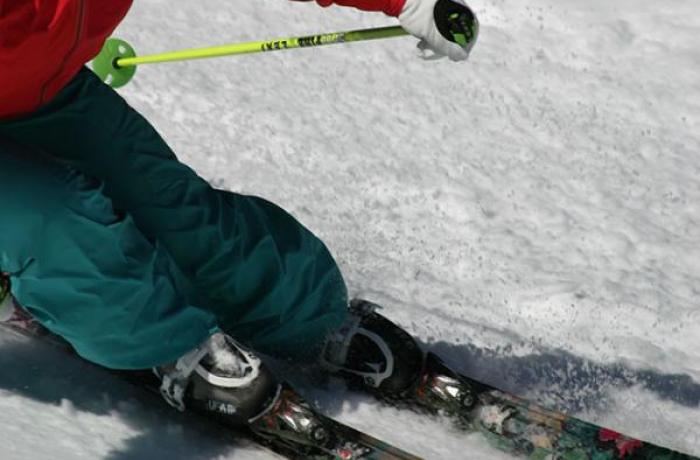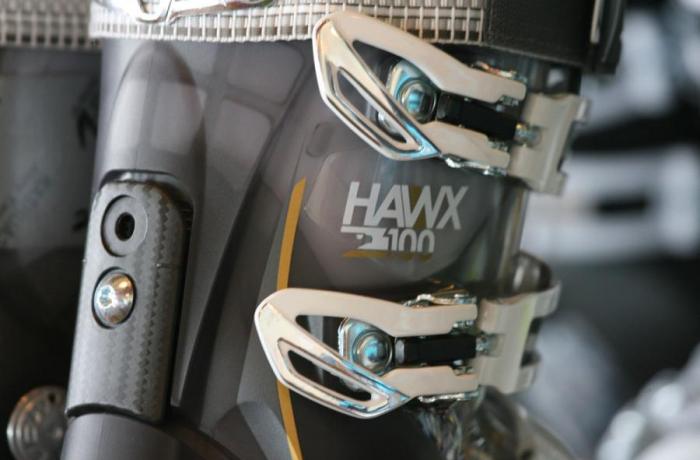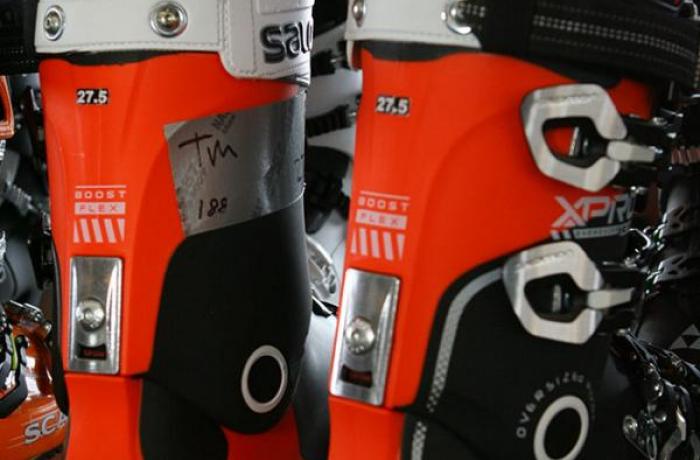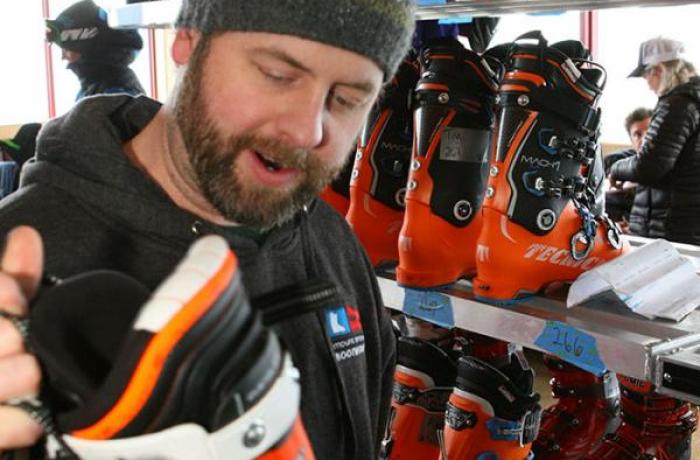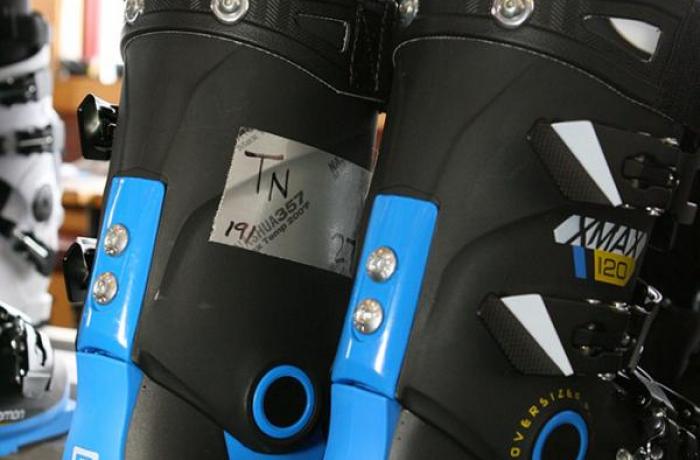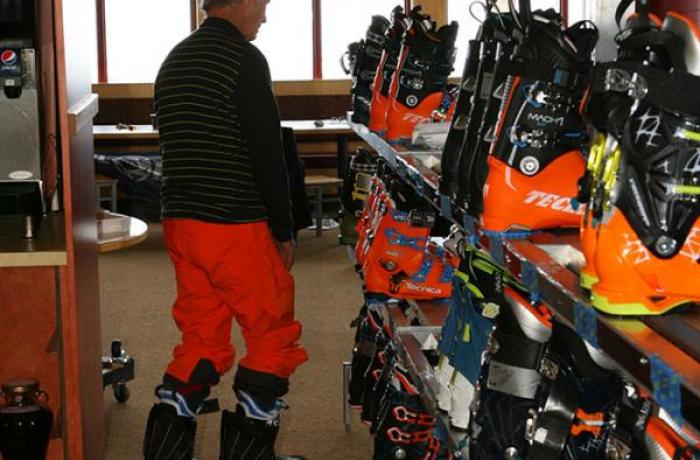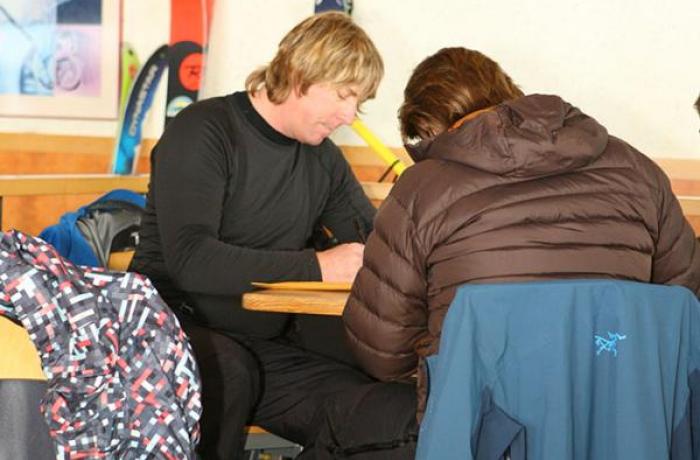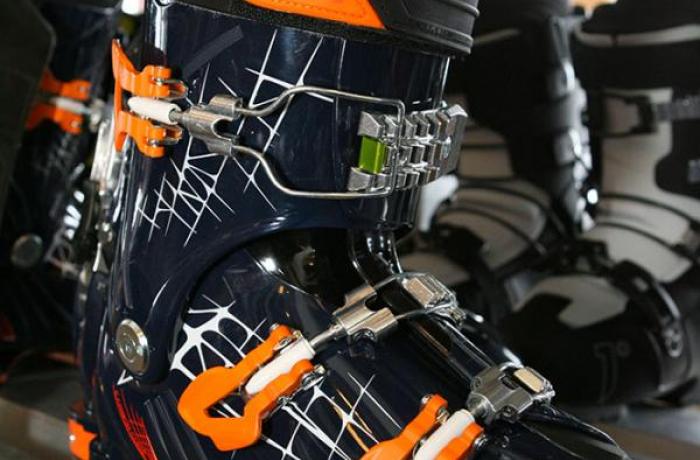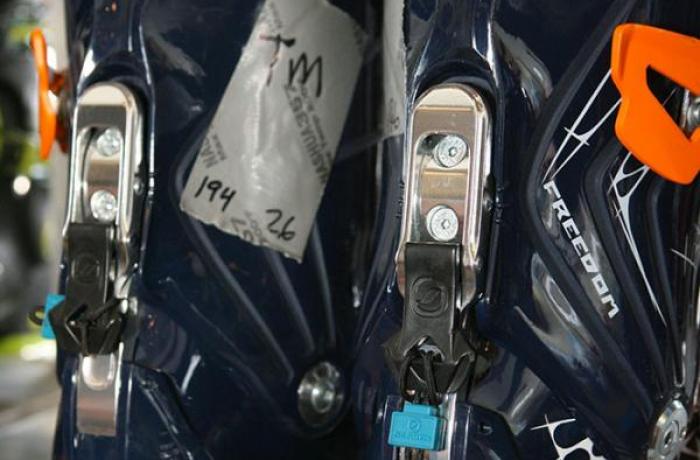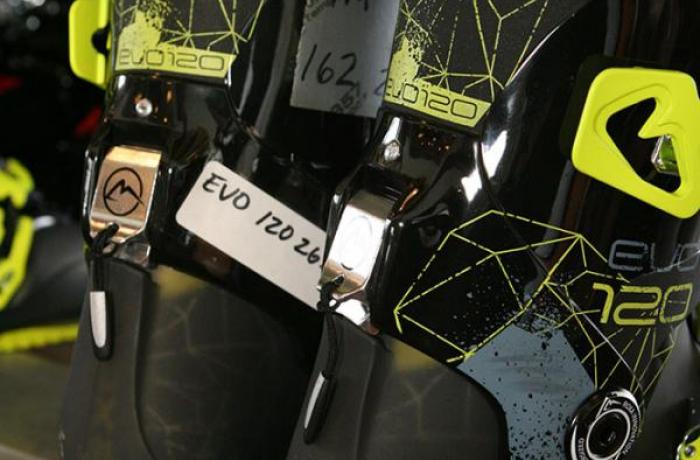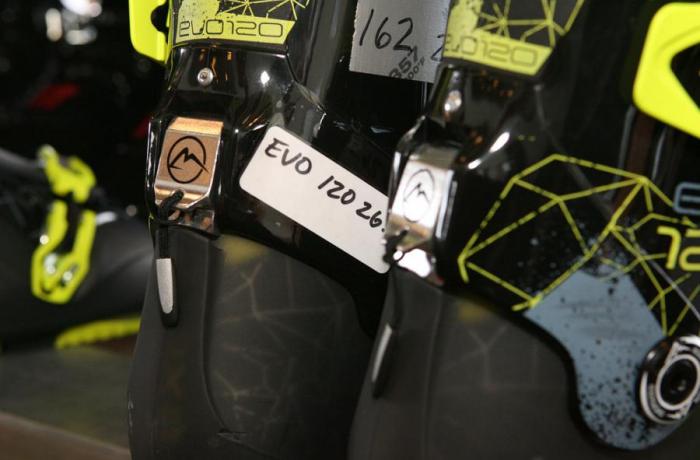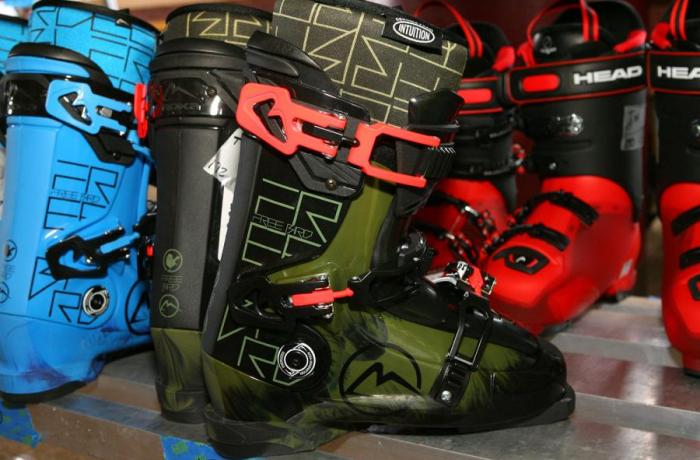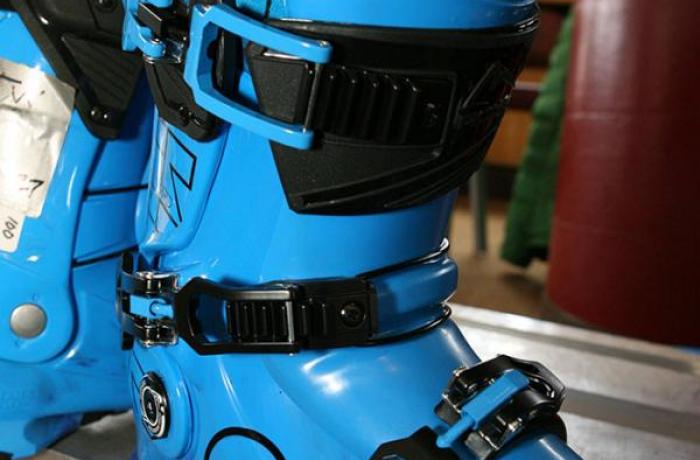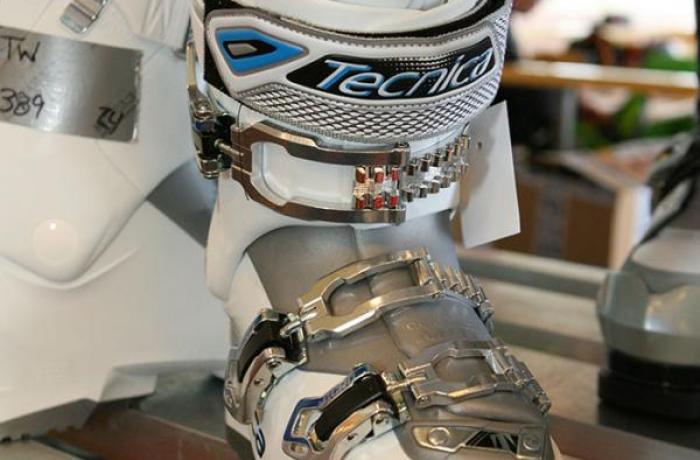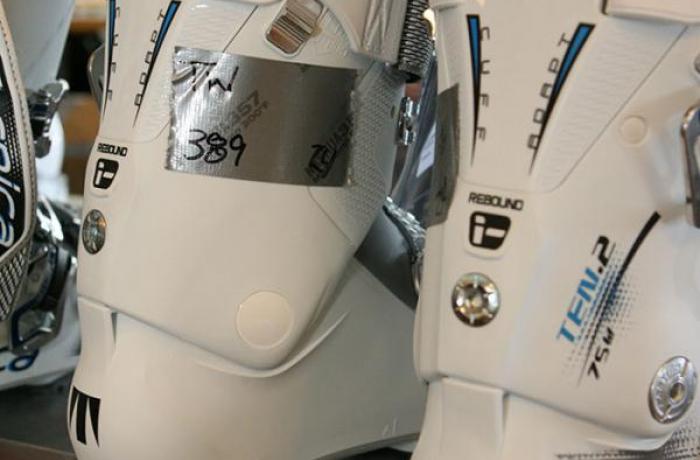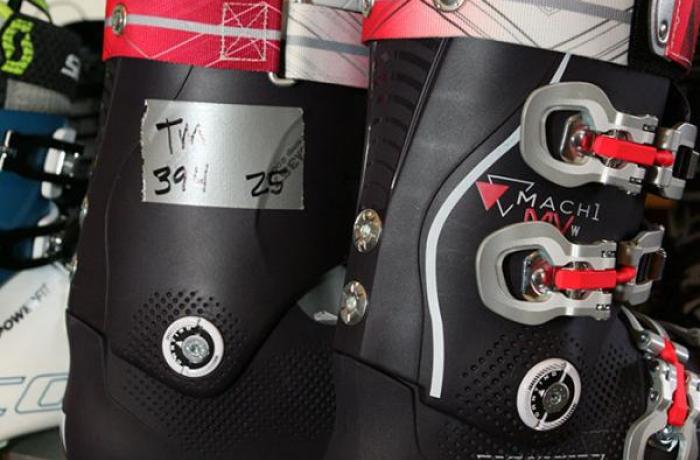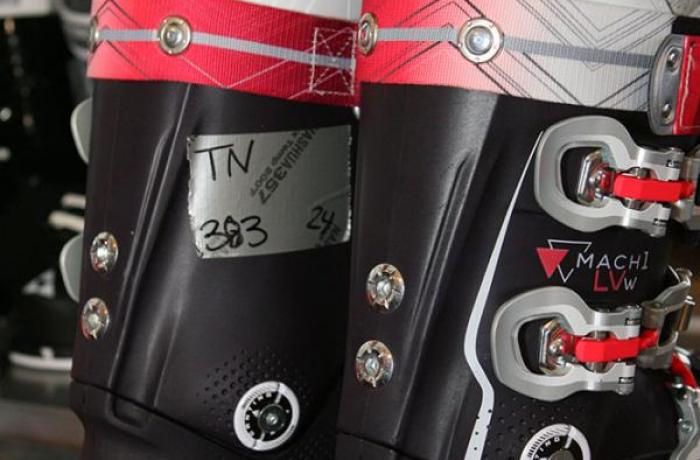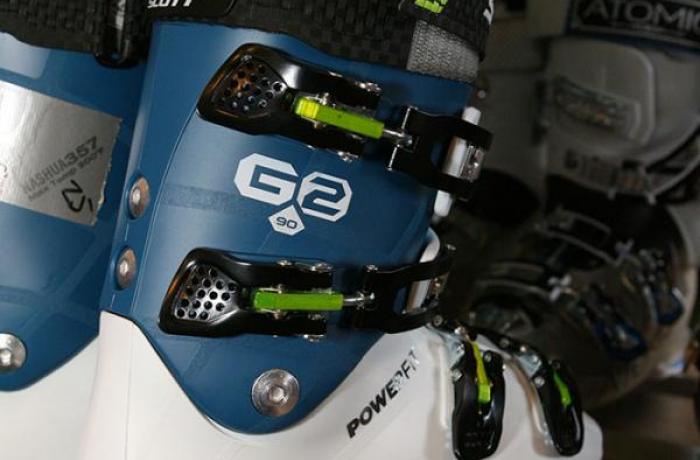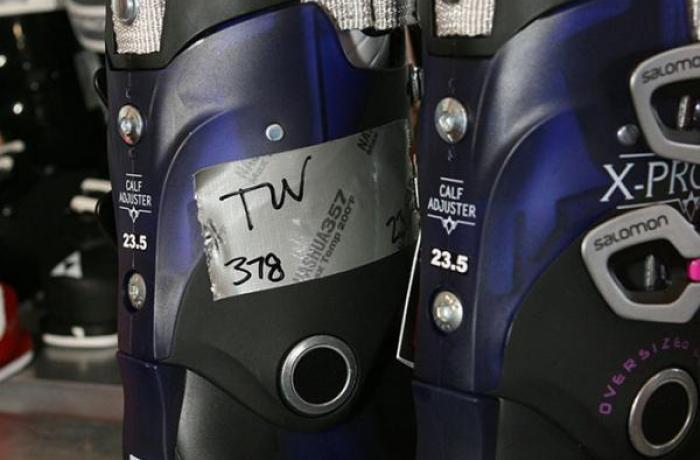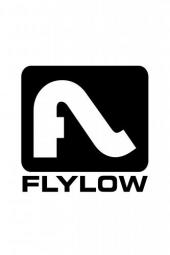This year's Live Fit 80 W returned to the boot test with a new Thinsulate laminate in the liner and cooler, new buckles—it remains the same, otherwise, and similarly testers' feedback was positive.
For the third year running testers unanimously pushed the understated Live Fit 80 W onto the wide category podium, and not just for its disco diva liner sparkle show-through shell—though it helped, luring them in like a flashy rapala—no, it's because this boot is for real, they said. Two buckles and 80 flex index points? Total sleeper according to testers who found Live Fit 80 W packing more punch and balance than they expected. They roundly applauded the fit—yes, massive forefoot, toebox and instep room but enough comfy contact in the ankles and heel to get the job done. The cuff is lower than average they said, so gave a nod to shorter gals, but it didn't stop our taller stronger testers from hammering this boot through the junk with smiles on their faces.
The stance was in the middle fore-aft and laterally, so let testers of a variety of sizes and shapes find home base on skis. We received no striking comments about the stretchy Live Fit panels here, but our test team may not have had the width to engage those RV slide-out style expanders. Our testers claimed that for women with shorter legs, muscular calves and a very wide foot there is no better bet than this boot, and at a street price under 300 bucks there sure isn't a better deal either.
